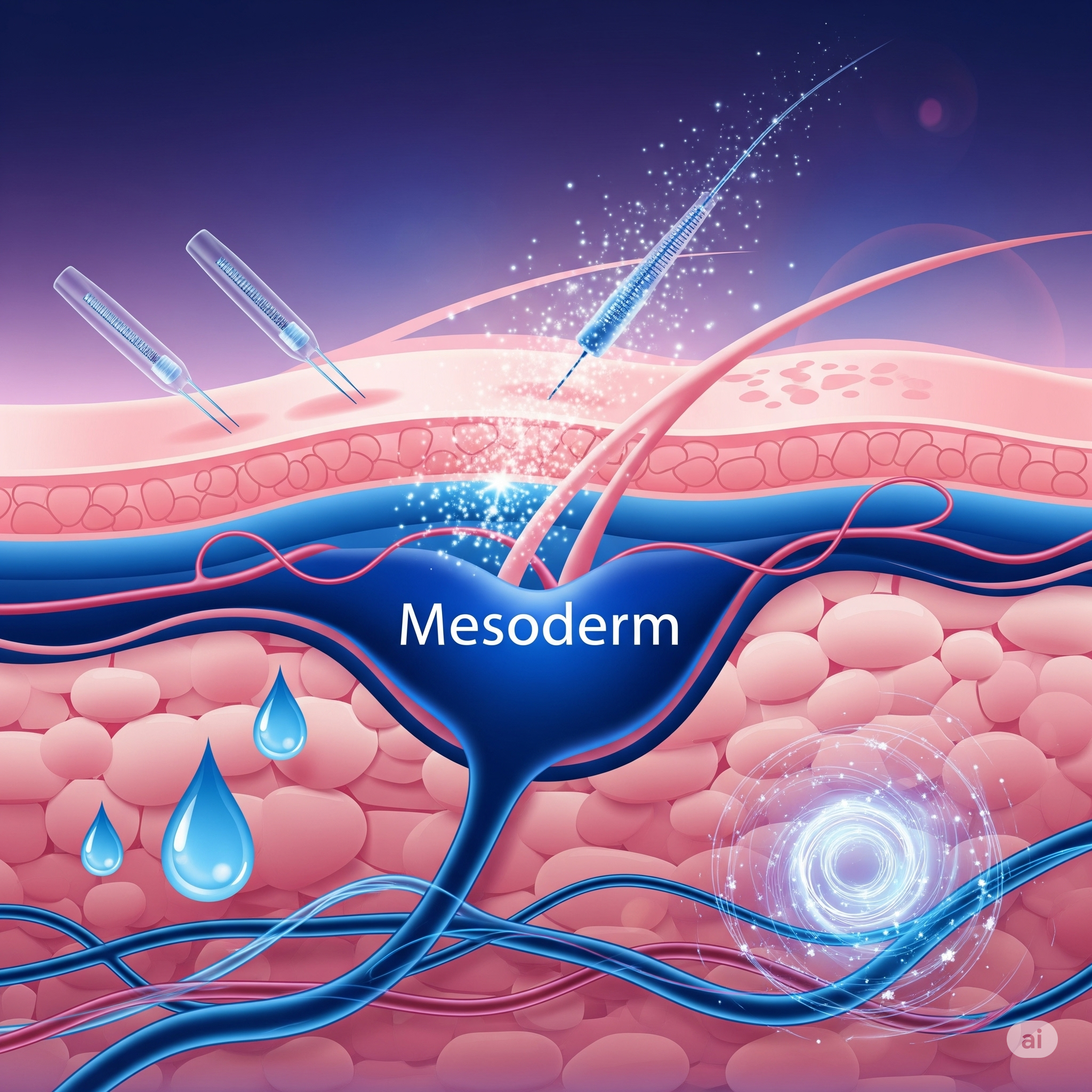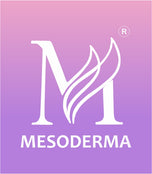Unveiling the Middle Layer: Where Does "Mesoderm" Get Its Name?

When we think about the very beginnings of life, the development of an embryo is nothing short of miraculous. From a single fertilized egg, a complex organism with specialized tissues and organs emerges. This incredible journey of transformation starts with fundamental building blocks known as "germ layers." Among these, the mesoderm plays a pivotal role, giving rise to a vast array of structures that make us who we are.
But have you ever wondered where the name "mesoderm" actually comes from? It's a question that delves into the fascinating world of etymology, revealing the logic behind scientific terminology.
The Trio of Germ Layers
Before we pinpoint the origin of "mesoderm," let's quickly introduce its companions:
- Ectoderm (Outer Layer): This is the outermost germ layer. Think "ecto" for external. It develops into structures like the skin, hair, nails, and the nervous system (brain and spinal cord).
- Endoderm (Inner Layer): The innermost germ layer, "endo" meaning internal. It forms the lining of internal organs, such as the digestive tract, lungs, and liver.
"Mesoderm": The Middle Ground
Now, for our star – the mesoderm. Its name is a perfect description of its position and function. The word "mesoderm" is derived from two ancient Greek roots:
- "Mesos" (μϵσoσ): This Greek word means "middle" or "intermediate."
- "Derma" (δϵρμα): This Greek word means "skin" or "layer."
So, when combined, "mesoderm" literally translates to "middle layer" or "middle skin." This perfectly encapsulates its anatomical position during embryonic development, nestled between the ectoderm and endoderm.
Why "Middle Layer" is So Important
The mesoderm might be in the middle, but its contributions to the developing organism are far from insignificant. In fact, it's a true powerhouse, giving rise to a remarkable variety of tissues and organs, including:
- Muscles: All types of muscle tissue – skeletal, smooth, and cardiac – originate from the mesoderm, allowing for movement, organ function, and the pumping of blood.
- Bones and Cartilage: The entire skeletal system, providing structure and support, is a mesodermal derivative.
- Connective Tissues: This broad category includes blood, lymph, fat, tendons, and ligaments – all crucial for binding, supporting, and transporting.
- Circulatory System: The heart and blood vessels, responsible for circulating blood throughout the body, develop from the mesoderm.
- Dermis: The inner layer of your skin, which contains blood vessels, nerves, and hair follicles, also comes from the mesoderm.
- Kidneys and Ureters: Key components of the excretory system are mesodermal in origin.
- Gonads (Sex Organs): The reproductive organs also trace their lineage back to this versatile layer.
A Legacy of Latin and Greek
The naming of the germ layers is a prime example of how scientific terminology often draws from classical languages like Greek and Latin. These languages provide a universal and precise vocabulary for scientific concepts, allowing scientists across the globe to understand and communicate complex biological processes. The straightforward and descriptive nature of "mesoderm" makes it easy to remember its location and fundamental role in embryology.
So, the next time you hear the term "mesoderm," you'll not only understand its crucial role in development but also appreciate the simple yet profound meaning behind its very name – the indispensable "middle layer" of life's intricate beginnings.










Leave a comment
All comments are moderated before being published.